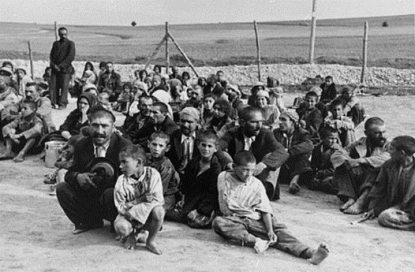The exhibition was put together by the German fashion photographer and renowned collector of Munkácsi photographs Hans Christian Gundlach, and by the director of Haus der Photographie in Hamburg. It runs until November 23.
Munkácsi was born in 1896, in Kolozsvár, Hungary (now Cluj, Romania), into the large family of a master painter and decorator. In Hungary, he managed to make a living mainly with reports and photos of sporting events.
In 1928, Munkácsi moved to Berlin. The newspaper market was booming, and Berlin's newspaper publishers maintained close contacts with Hungary. Munkácsi's photos appeared in respected fashion magazines as well as in other domestic and foreign titles. His main work was for the publisher Ullstein Verlag's innovative Berliner Illustrirte Zeitung, which had a print run of more than a million copies.
Munkácsi always combined journalistic precision with a high standard of aesthetic form and he eventually became one of the most outstanding representatives of the movement called "Neues Sehen" ("New Vision") and the modern movement in photography in general.
Munkácsi left Germany in 1934 and, like many prominent members of Ullstein Verlag's staff, went into exile. In New York he accepted the USD 100,000 contract that Carmel Snow, the famous editor-in-chief of Harper's Bazaar, had offered him a year earlier.
In the USA he achieved stardom by revolutionizing fashion photography. He thought nothing of having his models walk along the beach in bathing outfits - even in winter - in order to set off the jaunty swing of a cape.
Munkácsi also published very successfully in Life and landed the most lucrative contract of his career with the Ladies' Home Journal for the "How America Lives" series. Other highlights of his work are the unusual portraits of Hollywood stars such as Jean Harlow, Katharine Hepburn, Leslie Howard, Jane Russell, and Marlene Dietrich. He later photographed for the advertising industry and worked as a film cameraman.
In 1963, Martin Munkácsi died largely forgotten and impoverished in New York.
Source: Hungarian News Agency (MTI)
Photo: fotobibliografica.ca


